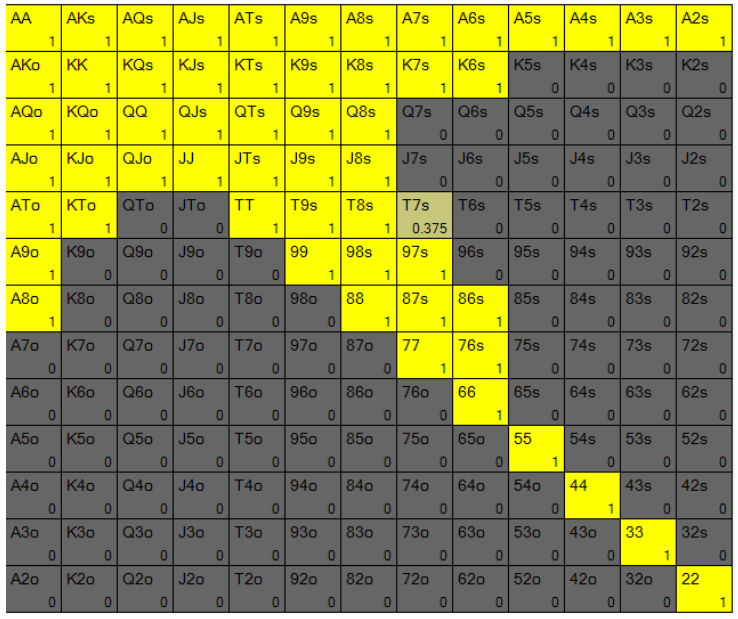CRStals
Moderator
Moderator
Welcome to Part 4 of our Post-Flop Poker Strategy Series. In this edition, we’re digging deep into how to handle post-flop play when you’re out of position, especially in multi-way pots.🔍 Struggling to win hands when you're first to act after the flop? You're not alone. Playing out of position (OOP) is one of the toughest spots in poker — but it doesn’t have to be a losing battle.
📚 Catch Up on the Series
- 💡 Part 1: Blind vs Blind Poker Strategy
- 💡 Part 2: Big Blind Defense
- 💡 Part 3: Widening Your Range Pre-Flop
🔄 Adjusting Your Pre-Flop Plan Post-Flop
Every poker hand should start with a pre-flop plan — and sticking to that plan (with slight tweaks) post-flop is what separates good players from the rest.Your plan should consider:
- 🔹 Your hand strength
- 🔹 Your position at the table
- 🔹 Your opponents' tendencies
- 🔹 Stack sizes
- 🔹 What to do if you hit, miss, or have a draw
✅ Key point: Don't abandon your plan post-flop unless the situation demands it. Reassess based on player count, position, and board texture — but don’t wing it.
🧠 Playing Post-Flop After Calling OOP
Calling pre-flop and playing post-flop out of position is tough. You’re giving away information before receiving any. Consider these before calling a raise OOP:❓Why did you call?
- Trapping? You need a flop that supports your trap.
- Set mining? You miss? You’re done.
- Playing speculative hands? You need a board that hits hard or offers bluffing opportunities.
🎯 Playing Post-Flop After Raising OOP
You raised pre-flop, got called, and now you’re first to act. Here's what to consider:- ✅ Does the flop hit your range?
- 🎲 How does the flop impact your pre-flop plan?
- 👀 What do you know about your opponent’s tendencies?

📈 Scenario 1: Bottom of your range (9♠8♠)
- Flop: K♦7♣3♥ (dry board)
- Plan: Still c-bet — it’s unlikely your opponent has hit hard, and you keep your story consistent.
- Same flop — c-bet for value.
- You missed, you're dominated. Caution required. Maybe check-call or fold. Maybe float the flop and re-evaluate turn.
⚠️ Multi-Way Pots Out of Position
Multiple players in the hand? It’s time to slow down.🧨 More players = more variables:
- Wider calling ranges
- Better pot odds for opponents
- Bluffing becomes riskier
- Coordinated board
- You’re out of position
- Your opponents likely hit this flop better than you
✅ Key Takeaways: How to Win Post-Flop OOP
Playing out of position post-flop isn’t fun — but it can be profitable with the right mindset and plan.🎯 3 Big Rules to Remember:
- Always have a pre-flop plan
And adjust (don’t abandon) it post-flop. - Know your range vs their range
Don’t just ask “Did I hit?” — ask “Who does this flop favor?” - More players = less aggression
Multi-way = tighter range = smaller c-bet frequency.
💬 How Do You Play Post-Flop OOP?
Do you love check-raising dry boards? Are you a fan of small-ball bluffing from the blinds? How do you adjust when there are 3+ players in the pot?👇 Drop your thoughts, hands, or strategies below — let’s help each other master this tricky spot.
🔔 Subscribe to the CardsChat Learning Series
So you never miss the next drop! Turn on notifications and keep sharpening your edge — one position at a time.
You can find all our poker learning series right here: CardsChat Learning Poker Thread Series Guide









